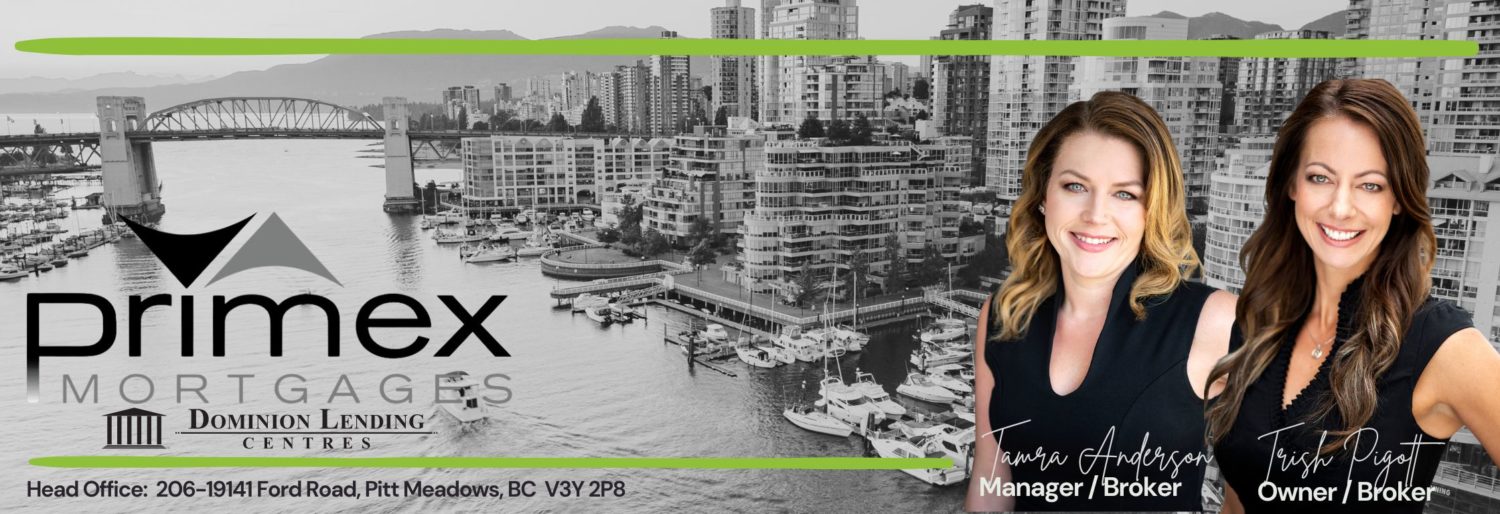
When it comes to home ownership, many of us dream of the day we will be mortgage-free. While most mortgages operate on a 25-year amortization schedule, there are some ways you can pay off your mortgage quicker!
- Review Your Payment Schedule: Taking a look at your payment schedule can be an easy way to start paying down your mortgage faster, such as moving to an accelerated bi-weekly payment schedule. While this will lead to slightly higher monthly payments, the overall result is approximately one extra payment on your mortgage per calendar year. This can reduce the total amortization by multiple years, which is an effective way to whittle down your amortization faster.
- Increase Your Mortgage Payments*: This is another fairly simple change you can execute today to start having more of an impact on your mortgage. Most lenders offer some sort of prepayment privilege that allows you to increase your payment amount without penalty. This payment increase allowance can range from 10% to 20% payment increase from the original payment amount. If you earned a raise at work, or have come into some money, consider putting those funds right into your mortgage to help reduce your mortgage balance without you feeling like you are having to change your spending habits.
- Make Extra Payments*: For those of you who have prepayment privileges on your mortgage, this is a great option for paying it down faster. The extra payment option allows you to do an annual lump-sum payment of 15-20% of the original loan amount to help clear out some of your loan! Some mortgages will allow you to increase your payment by this prepayment privilege percentage amount as well. This is another great way to utilize any extra money you may have earned, such as from a bonus at work or an inheritance.
- Negotiate a Better Rate: Depending on whether you have a variable or a fixed mortgage, you may want to consider looking into getting a better rate to reduce your overall mortgage payments and money to interest. This is ideally done when your mortgage term is up for renewal and with rates starting to come back down, it could be a great opportunity to adjust your mortgage and save! This may be done with your existing lender OR moving to a new lender who is offering a lower rate (known as a switch and transfer).
- Refinance to a Shorter Amortization Period: Lastly, consider the term of your mortgage. If your mortgage is coming up for renewal, this is a great time to look at refinancing to a shorter amortization period. While this will lead to higher monthly payments, you will be paying less interest over the life of the loan. Knowing what you can afford and how quickly you want to be mortgage-free can help you determine the best new amortization schedule.
*These options are only available for some mortgage products. Check your mortgage package or reach out to us to ensure these options are available to you and avoid any potential penalties.
If you’re looking to pay your mortgage off faster, don’t hesitate to reach out to us at Primex Mortgages today! We can help review the above options and assist in choosing the most effective course of action for your situation.
You can reach us at 604-552-6190 or support@primexmortgages.com
CLICK HERE to book a quick call to review your mortgage with Trish!
Trish & The Primex Team


